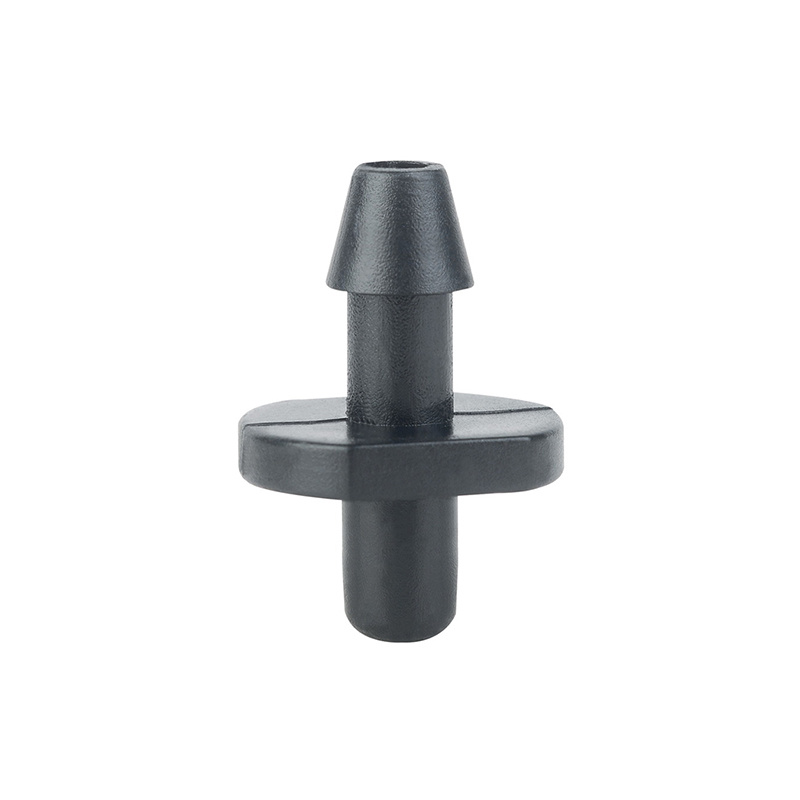Revolutionizing Agriculture: The Power of Automated Sprinkler Irrigation Systems

Understanding Sprinkler Irrigation
Sprinkler irrigation mimics natural rainfall, distributing water through a system of pipes and pumps equipped with various types of sprinklers. This method is particularly advantageous for areas with limited rainfall or inconsistent water supply.
Components of Sprinkler Irrigation Systems
1. Water Source: The foundation of any irrigation system, whether it’s a well, lake, or municipal supply.
2. Pipes and Fittings: These transport water from the source to the sprinklers.
3. Sprinklers: The devices that disperse water over the crops, available in various types such as stationary, rotating, and oscillating.
4. Control System: The brains of the operation—manage the timing and amount of water distributed.
The Need for Automation in Irrigation
Agriculture faces numerous challenges, including climate change, water scarcity, and labor shortages. Automating irrigation systems addresses these concerns by enhancing efficiency, precision, and sustainability.
Benefits of Automated Sprinkler Irrigation Systems
1. Water Conservation: Automated systems allow for precise water application, reducing waste and conserving this vital resource.
2. Labor Efficiency: Automation minimizes labor requirements, allowing farmers to allocate their resources more effectively.
3. Increased Yields: Consistent and accurate watering improves crop health, leading to better yields.
4. Real-time Monitoring: Advanced systems provide data insights into soil moisture and weather conditions, enabling timely adjustments.
Types of Automated Sprinkler Irrigation Systems
1. Drip Irrigation: Delivers water directly to the roots of plants, reducing evaporation and runoff.
2. Center Pivot Systems: Rotates around a central pivot point, covering large areas efficiently.
3. Smart Sprinkler Systems: Utilize sensors and weather data to optimize watering schedules, ensuring plants receive just the right amount of water.
Implementing Automated Sprinkler Irrigation
Transitioning to an automated sprinkler irrigation system requires careful planning and consideration of various factors.
Assessing Your Needs
Farmers must evaluate their specific requirements, including crop types, soil conditions, and local climate. This assessment will guide the selection of the most suitable system.
Installation Process
1. Designing the System: Create a detailed layout plan considering the dimensions of the field and the type of crops.
2. Selecting Components: Choose high-quality pipes, pumps, and sprinklers that meet the irrigation needs.
3. Professional Installation: Hiring experienced technicians ensures that the system is set up correctly and efficiently.
Maintenance for Longevity
Regular maintenance is crucial to keep automated systems functioning optimally. This includes:
- Checking for leaks and clogs in pipes and sprinklers.
- Regularly assessing the control system for software updates and functionality.
- Cleaning filters to ensure a steady flow of water.
Technological Innovations in Sprinkler Irrigation
The integration of technology into agriculture is rapidly advancing automation in irrigation. Here are some innovations shaping the future of sprinkler irrigation:
Smart Sensors and IoT
Utilizing smart sensors connected to the Internet of Things (IoT) provides real-time data on soil moisture levels. These sensors can communicate with the irrigation system to adjust watering schedules based on current conditions.
Mobile Applications
Farmers can now control their irrigation systems through smartphone applications, allowing for remote management and monitoring. This feature enhances flexibility and responsiveness to changing weather patterns.
Data-Driven Decision Making
With access to data analytics, farmers can make informed decisions about irrigation strategies. Historical data can be analyzed to optimize water usage and improve crop performance.
Challenges in Implementing Automated Systems
Despite the numerous benefits, several challenges may arise during the transition to automated sprinkler irrigation systems.
Initial Costs
The upfront investment can be considerable, although long-term savings often offset these costs. Farmers should weigh the financial implications against the potential benefits.
Technical Expertise
Farmers may require training to manage and maintain automated systems effectively. Investing in education and technical support is essential for successful implementation.
Dependence on Technology
While automation enhances efficiency, it also creates a reliance on technology. Farmers must be prepared for potential system failures and have contingency plans in place.
Future Trends in Sprinkler Irrigation
The future of sprinkler irrigation lies in continued advancements in technology and sustainability practices.
Integration with Renewable Energy Sources
As sustainability becomes a priority, integrating solar or wind energy into irrigation systems can significantly reduce operational costs and carbon footprints.
Precision Agriculture
The use of drones and satellite imagery alongside automated irrigation will enable farmers to monitor crop health and soil conditions more effectively, leading to optimized irrigation practices.

评论
发表评论